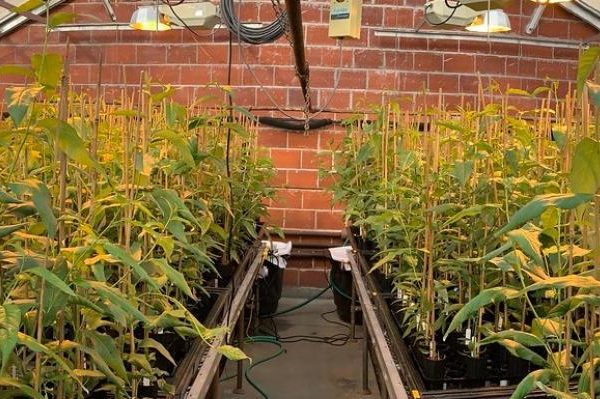Oregon State University researchers have made a key advance in understanding how timing impacts the way microorganisms colonize plants, a step that could provide farmers an important tool to boost agricultural production.
The findings, published in the journal Current Biology, will help scientists better understand the plant microbiome, which consists of hundreds of thousands of microorganisms that live in and on plants and contribute to their health and productivity.
While scientists have studied microbes living in plants for decades, it has only been in the last 10 years or so that advances in DNA sequencing technology have it made it possible to characterize the unseen diversity of plant microbiomes with more precision. The surge in research involving the plant microbiome coincides with a spike in research involving the human microbiome and its role in human health and disease.
Understanding how plant microbiomes form is important because some microorganisms are beneficial and others are harmful to plants. Some factors shaping microbiome composition are predictable, like the relative humidity of the environment, or the thickness of the protective, waxy layer of cells on the leaf surface.
However, much of the variation in microbiome composition remains unexplained. The Oregon State research, led by Posy Busby, an assistant professor in the Department of Botany and Plant Pathology, and Devin Leopold, a postdoctoral fellow in her lab, unravels some of those mysteries.
In this study, Busby and Leopold explored one process that likely contributes to this unexplained variation: the order in which microorganisms colonize plants.
The research was unique in that they studied plants with different genetic backgrounds, in this case black cottonwood trees collected throughout the Cascade Range in the Pacific Northwest, and also exposed those plants to leaf rust, a disease-causing fungus.
They found that the order the microorganisms reached the plant had a significant impact on microbiome composition and how susceptible the plant was to disease. Additionally, the researchers found that this random variation in arrival order of microorganisms may be more important for highly disease-susceptible plants, which have not evolved their own effective defense strategies.
Farmers have a long history of applying beneficial microorganisms to crops. This research provides them with more information about which plant cultivars may be best suited for microbial biocontrol, and how to best time treatments to prevent disease in plants.
“Our hope is that our findings will translate into tools for combatting plant disease that aren’t limited to planting only disease-resistant cultivars,” Busby said. “Because maintaining diversity in our crops is essential to the long-term sustainability of our agricultural systems.”
This research was supported by the U.S. Department of Energy’s Office of Biological and Environmental Research and the OSU Department of Botany and Plant Pathology in the College of Agricultural Sciences.
Read the paper: Current Biology
Article source: Oregon State University
Image credit: Oregon State University








